4 Best Practices for Employee Recognition Programs
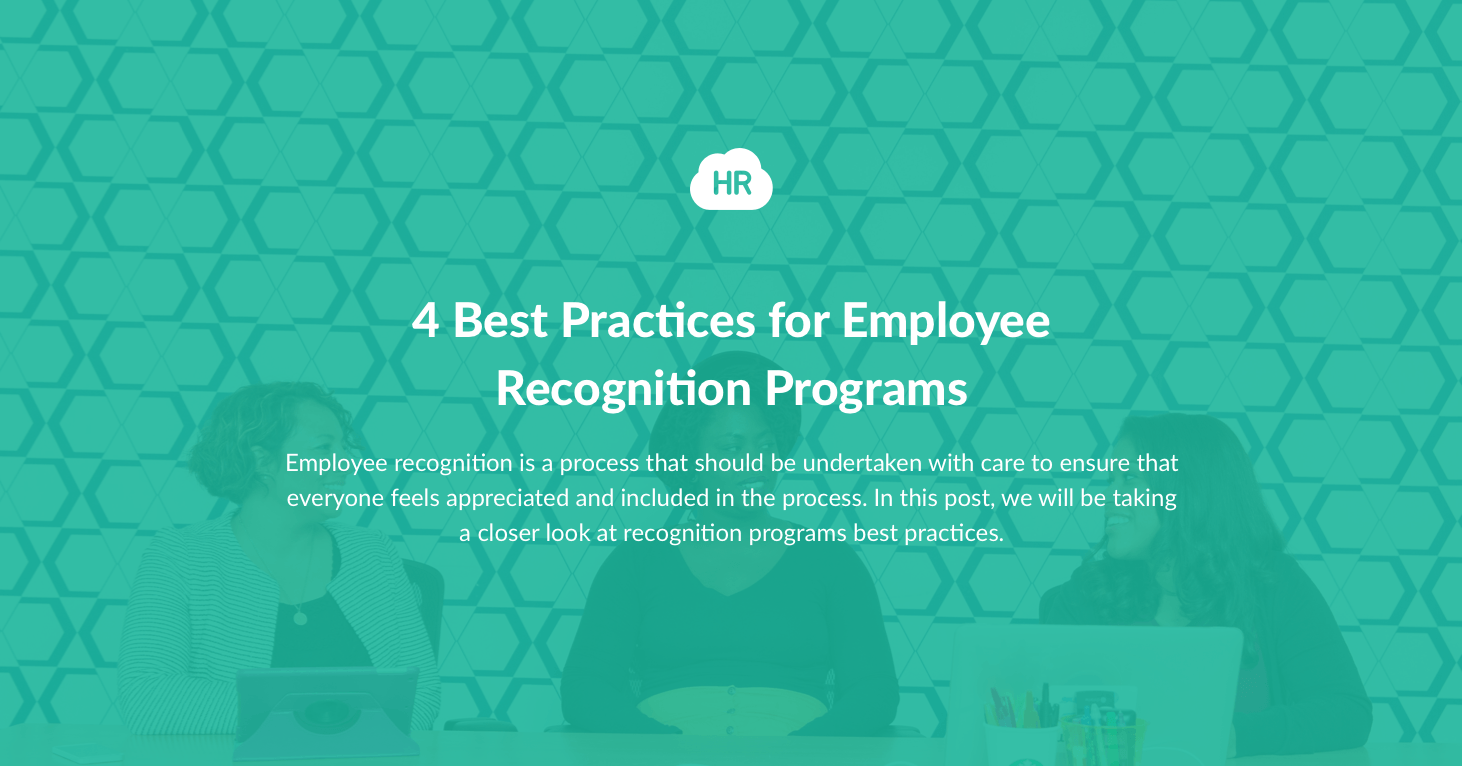


 Cut onboarding time
by 60%—here's the
Ultimate Checklist
that helped do it.
Cut onboarding time
by 60%—here's the
Ultimate Checklist
that helped do it.

Corporations of all shapes and sizes are becoming more sensitive to the importance of recognizing employees and the value that they add to companies. Although this change in approach is a recent one, it is undeniable that it is advantageous to both the company and the people it employs. However, employee appreciation is a process that should be undertaken with care to ensure that everyone feels valued and included. In this post, we will be taking a closer look at employee recognition program best practices and recognition program ideas that can boost employee engagement and improve workplace culture.
Create a Well-Defined Recognition Program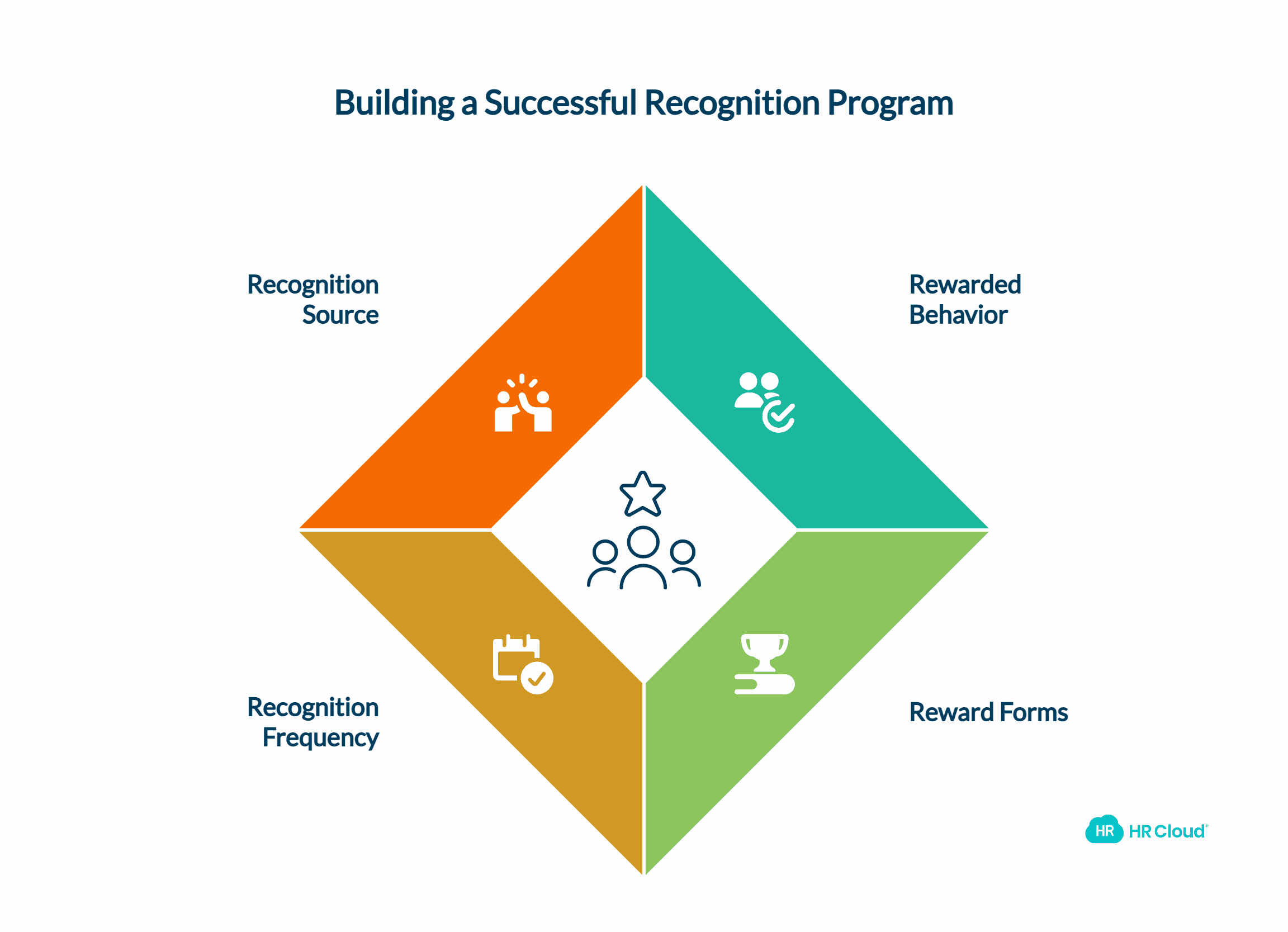
For any employee recognition program to be successful, it must have clear objectives. These objectives should form the guidelines according to which the performance of employees will be assessed and recognized. When creating a new employee award program or revamping an existing one, ask the following questions to ensure that the plan is as complete as possible and aligns with your overall rewards and recognition strategy.
-
Which behavior should be rewarded? This is one of the most important aspects of any employee recognition plan, and enough time should be dedicated to answering it as thoroughly as possible. A good place to start is by basing rewardable behavior on business objectives and company values. For example, if delivering great work on time is invaluable to the functioning of your business, ensure that employees who consistently deliver good work on time are rewarded. However, avoid publicly calling out employees who do not meet objectives, as this can be very detrimental to team morale and the functioning of employees as a team.
-
What form should rewards take? Establishing how employees will be rewarded for achieving set goals is crucial. It might be a good idea to ensure that employees are praised publicly when they achieve a clear, pre-set goal. In some cases, it might be good to add a tangible reward, such as employee gifts, bonuses, or vacation days. This can serve as a motivator for other employees to achieve their goals, which ultimately benefits the company. Tangible rewards also ensure that employees remember their achievements and recognition awards for longer, which not only boosts employee experience but also positively impacts the reputation of the company.
-
How frequently should employees be rewarded? Recognition programs work best when they are continuous. This means that a culture of giving praise where praise is due should be encouraged in a company, and this form of spot recognition can be given on the spot by the employee's co-workers or immediate management. However, this should be followed up with more formal recognition at suitable occasions, such as during team meetings or an annual employee appreciation day.
-
Who should recognize the performance of employees? Although recognition from management is always appreciated, the most effective type of recognition is often a peer recognition program. Peer-to-peer recognition can be encouraged by actively creating an atmosphere in which employees value their achievements as a team and work together to achieve goals. Identifying culture champions within the organization can help promote this type of recognition.
Choose a Multi-Dimensional Rewards Program
Contrary to what many people may think, employees do not always wish to be rewarded only with money. Research has shown that a varied rewards system often works better than a monetary-only one. Rewarding employees with both tangible and non-tangible rewards seems to be a better approach than using tangible rewards only. Employees often feel more motivated to achieve their goals when they feel that a company sees them as more than just staff, and using praise and recognition to reward the contributions of employees is one way of building loyalty towards the company.
To create an effective employee recognition program, consider incorporating various elements such as service awards for long-term employees, wellness programs to promote work-life balance, and micro incentives for small achievements. This multi-dimensional approach ensures that all aspects of employee contributions are acknowledged and appreciated.
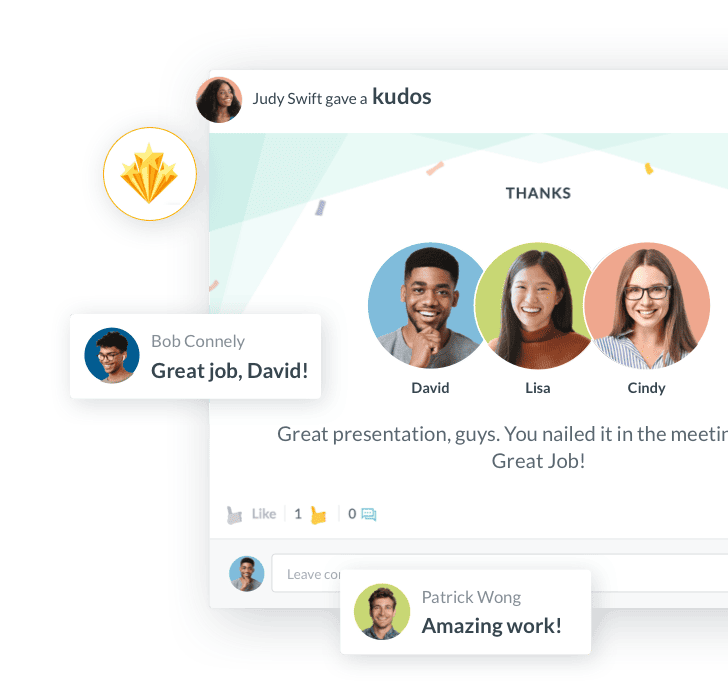
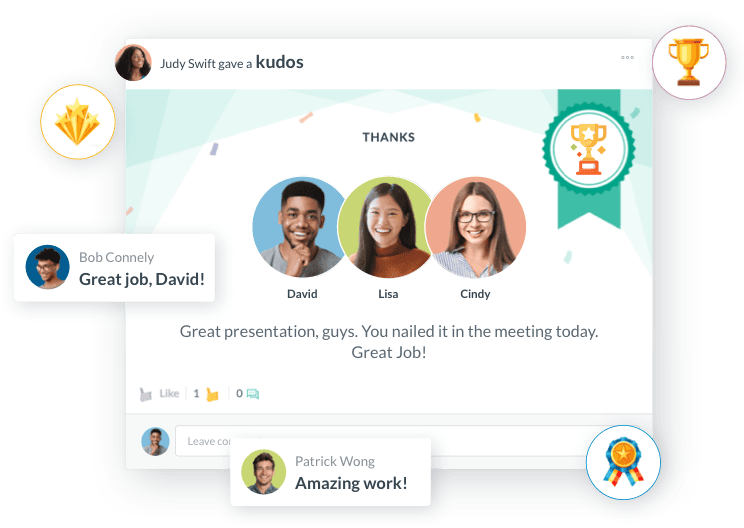
Collaborate with Employees when Creating a Rewards Program
One of the critical mistakes that managers make when creating recognition programs is assuming that everyone feels the same way about potential rewards. Because of this, it is important to engage with and collaborate with employees to design a recognition program that makes everyone feel included. Some employees may prefer a gift card, while others would rather opt for a cash bonus or a day off. Getting ideas on potential rewards from employees is a good way to ensure that everyone feels included in the process, and it goes a long way towards creating a robust employee recognition program.
Understanding employee personas and recognition preferences can help tailor the program to individual needs. This personalized recognition approach can significantly enhance the impact of your award programs and increase overall employee satisfaction.
Ensure that the Rewards Program is Effectively Implemented and Managed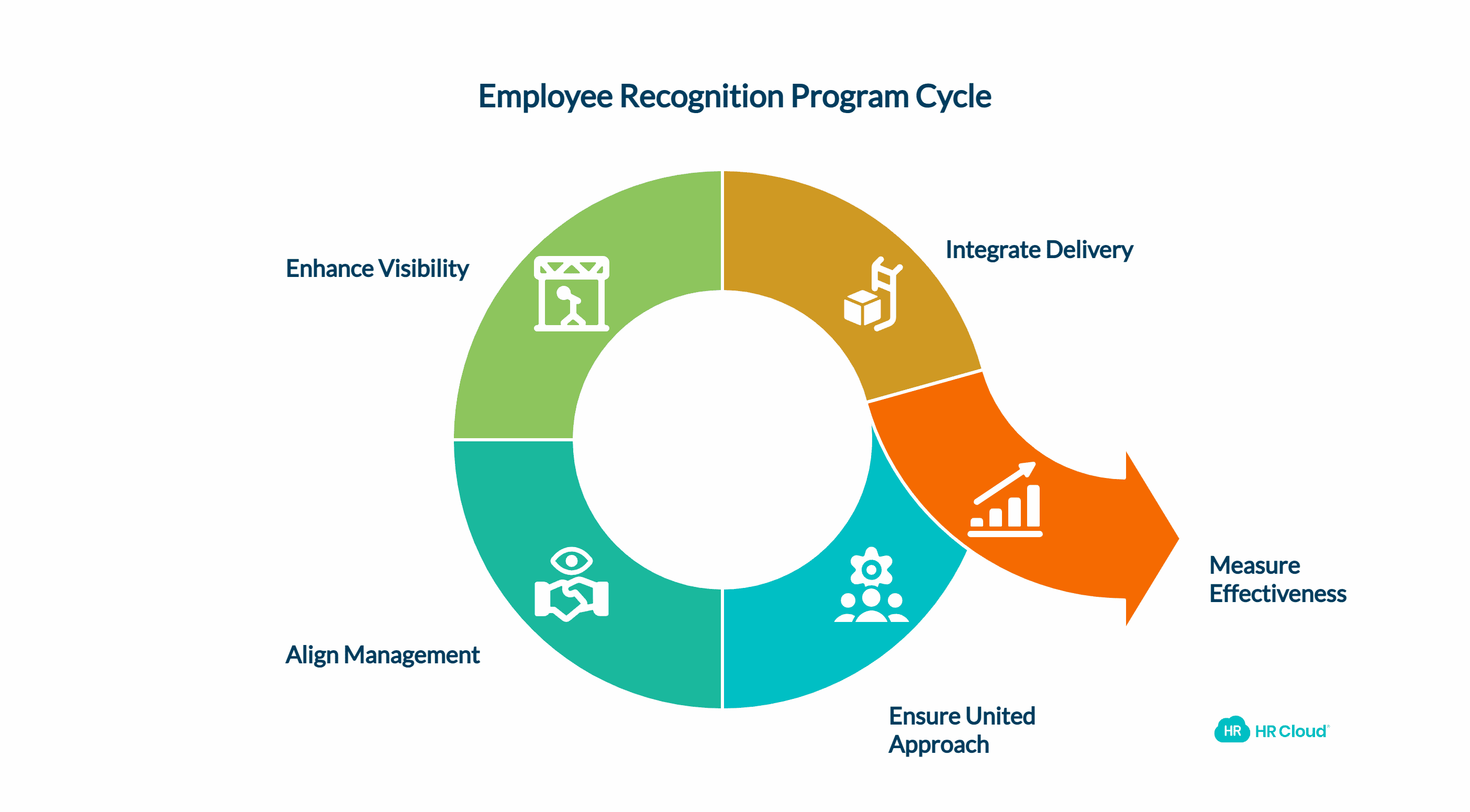
An employee recognition program is only as good as its implementation. As is often the case, great programs are developed but then end up collecting dust instead of being used. To avoid this and ensure program effectiveness, the following steps should be taken:
United Approach:
Make sure that everyone is on the same page with regards to the purpose of the employee recognition program and how exactly it will be implemented. This avoids situations where a lack of communication causes misunderstandings and frustrations. It is especially important that the implementation phase is managed with care because this will be the first introduction to the program for many employees, including those in the employee onboarding process.
Alignment:
Ensure that managers agree when it comes to the purpose of the recognition program. It is important that everyone in management buys into the program so that the employees can see that the initiative is a serious one. Recognition should also be in line with the general objectives and goals of the organization. Recognition programs should always be considered as a tool to reinforce existing priorities within the organization.
Visibility:
It is important that recognition programs are visible so that employees can see that the achievement of their peers is recognized and rewarded. This visibility can be enhanced through the use of an employee recognition platform or dedicated recognition software.
Delivery:
Make sure that rewards are delivered using the tools and technology that employees use daily. For example, if employees use Slack as a communication method, recognition messages can also be distributed using the platform. This integration of the recognition program into daily workflows can significantly improve its adoption and impact. For remote employee recognition, consider using digital platforms that allow for virtual celebrations and acknowledgments.
Measure the Effectiveness of the Program:
Measuring is knowing. This is especially true when it comes to evaluating how effective the recognition program is. The data gained from evaluations is invaluable for the future improvement of the program and the satisfaction of employees. Regular employee feedback can provide insights into the program's impact on employee performance and overall job satisfaction. Consider tracking the recognition ROI to justify and optimize your recognition budget.
In Conclusion
Employees are one of the most valuable assets that any company has, and making sure that they are as satisfied as possible is a sure-fire way to improve the general functioning and profitability of the company. No matter the size or industry that the company in question is operating in, an employee recognition program is a powerful motivational tool that should always be in place. It is important to know how an employee feels, and one of the keys to this is via employee engagement.
The best employee recognition practices are vital to identify and celebrate top performers. Having a culture of meaningful recognition is great for all types of companies, as it can significantly reduce employee turnover, boost productivity, and create a positive workplace culture. By implementing these best practices and continuously refining your employee recognition program, you can create a work environment where employees feel valued, motivated, and engaged.
Consider incorporating regular milestone celebrations and employee celebrations to mark important achievements and foster a sense of community within the organization. These events can range from celebrating employee milestones like work anniversaries to recognizing team successes and personal accomplishments.
Author Bio: Ciaran Hourican is the Managing Director of H-Training a Learning and Development company, who offers career and corporate services such as career coaching, sales training and leadership programs. H-Training understands the importance of using employee recognition programs. Ciaran offers leadership and management programs and highly encourages using these types of programs. Not only do they benefit the employees when they receive recognition, but the business in question too.
Keep Reading
AI and Authenticity: Finding the Right Balance in Enterprise Recognition Platforms
The employee recognition landscape splits between AI-heavy platforms risking authenticity
15 Proven Ways to Create a Healthy Work Environment (2026 Guide)
A healthy work environment is a workplace where employees experience psychological
Company Culture Software: How to Build a Thriving Workplace in 2026
Ask any business leader what drives lasting organizational success, and you'll hear
Like What You Hear?
We'd love to chat with you more about how HR Cloud® can support your business's HR needs. Book Your Free Demo

Build a Culture of Recognition. Boost Engagement. Guaranteed.
Workmates empowers employees to stay informed, connected, and appreciated—whether they’re on the front line, in the office, or remote. Recognition drives 12x higher engagement.Trusted by industry leaders in every sector




Cut Onboarding Costs by 60%.
Take the confusion and follow-ups out of onboarding with automated workflows, digital forms, and structured portals—so new hires ramp faster 3X quicker.Trusted by industry leaders in every sector




